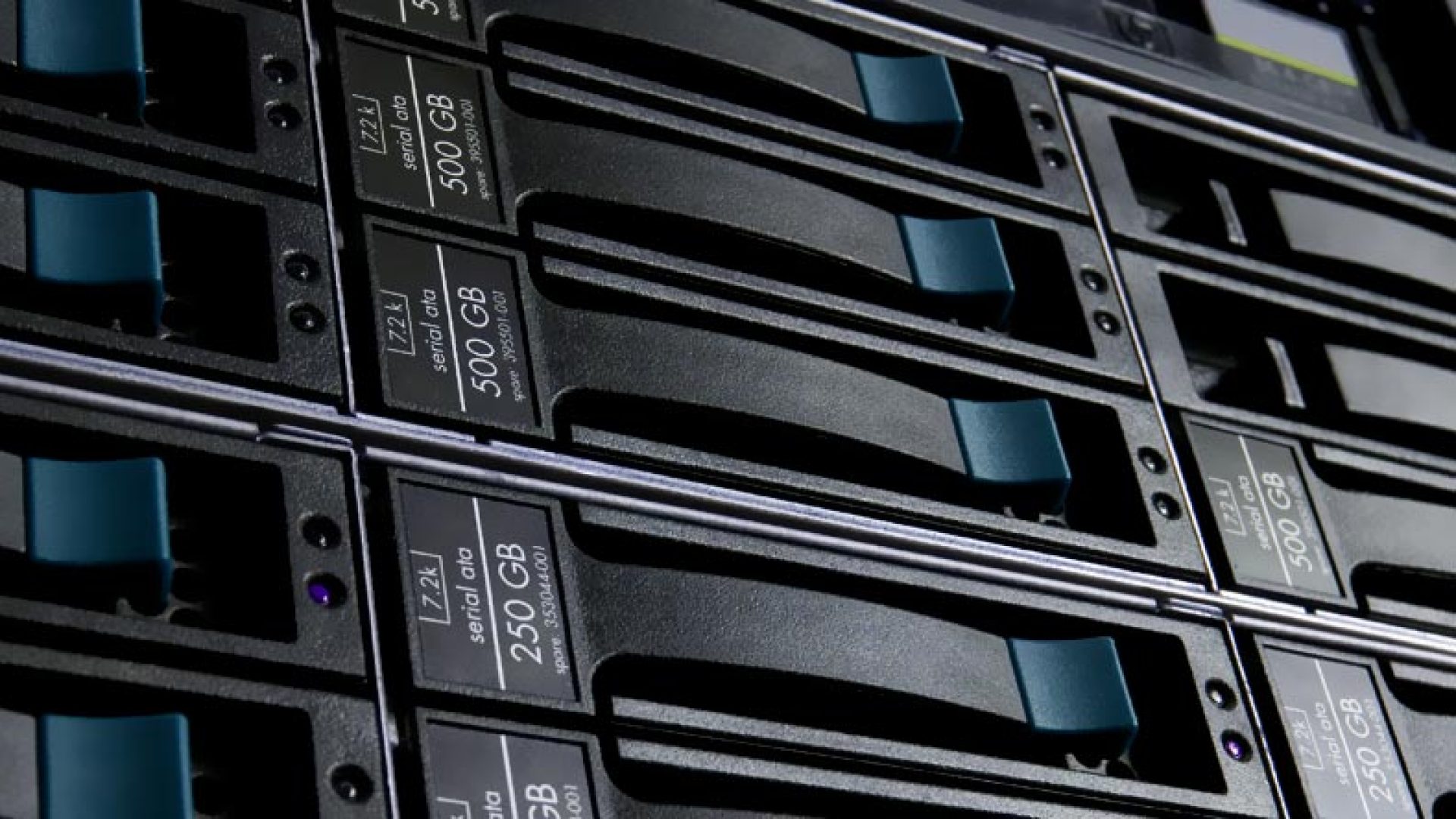 NAT or Network Address Translation is a key function required in every organisations network.
NAT or Network Address Translation is a key function required in every organisations network.
Since all organisation use RFC 1918 IP addressing, and these IP addresses are not allowed to exist on the internet, before we send packets to the internet we need to translate the internal IP address into a useable public IP address.
There are 3 ways to configure NAT on a Cisco Router:
- Static NAT
- Dynamic NAT
- NAT overload (PAT – Port Address translation)
Static NAT is a one-to-one mapping. This is usually only required when you have a server inside your network (ie: Webserver, FTP, E-mail) that needs to be accessed from the internet. Users on the internet will access a public IP address that you have statically and permanently linked to your servers internal IP address. Of course any time your internal server sends packet to the internet, it’s source IP address will be translated into a public IP address configured with static NAT.
Dynamic NAT is used for many-to-many mapping. This will allow all your internal computers to be translated into a pool of public IP addresses, however if you only have 10 public IP addresses available in the NAT pool, only 10 computers will be able to access the public network at a time. Each computer will consume one public address at a time which makes this very limited for public internet access. The main purpose for dynamic NAT is to fix overlap IP addresses often experienced after a merger or acquisition. Since all companies use RFC 1918 for internal addresses, it’s not uncommon for 2 companies to be using the exact same internal IP addresses. When a merger or acquisition takes place there are issues with the IP addresses conflicting. Dynamic NAT allows us to translate the internal IP addresses from company ‘A’ into something unique that company ‘B’ does not use, and similarly translate all the internal IP addresses in company ‘B’ into something unique that company ‘A’ does not use. In most cases the ‘public’ address that the two companies will be translated into, will be part of RFC 1918 and will be used purely to resolve IP address overlaps, and NOT internet access.
NAT overload, or otherwise known as PAT (Port Address Translation), allows us to create a many-to-one mapping. Every computer in your network will be translated into a single Public IP address. This allows us to save on public addresses but still allows each computer in our organisation to access the internet at the same time. PAT identifies each session based on the source port number used in the communication flow. Since each session uses a random source port number, each session in theory should have a different number which allows PAT to associate a session with the single public IP addresses been shared. In the occurrence of two computers randomly choosing the same source port number, PAT will translate the port number and keep a record of the original as well as the new translated port to maintain the session. PAT will not allow internet users to access your internal servers as there is no mapping from outside to inside. The maximum theoretical limit for sharing a single IP address is 64,513 however the practical limit is dependent on the router or firewall doing the PAT and is usually limited to no more than 4,000 sessions to a single IP address.






2 thoughts on “NAT (Network Address Translation)”
Hello. Very first I desire to say that I genuinely like your web site, just identified it the past week but I have been reading it sometimes since then.
I appear to acknowledge with most of the views and beliefs and this submit is no exception. absolutely agree with you.
Thank you to get a good website and I hope you keep up the good work. If you do I will keep on to browse through it.
Have a very good day.